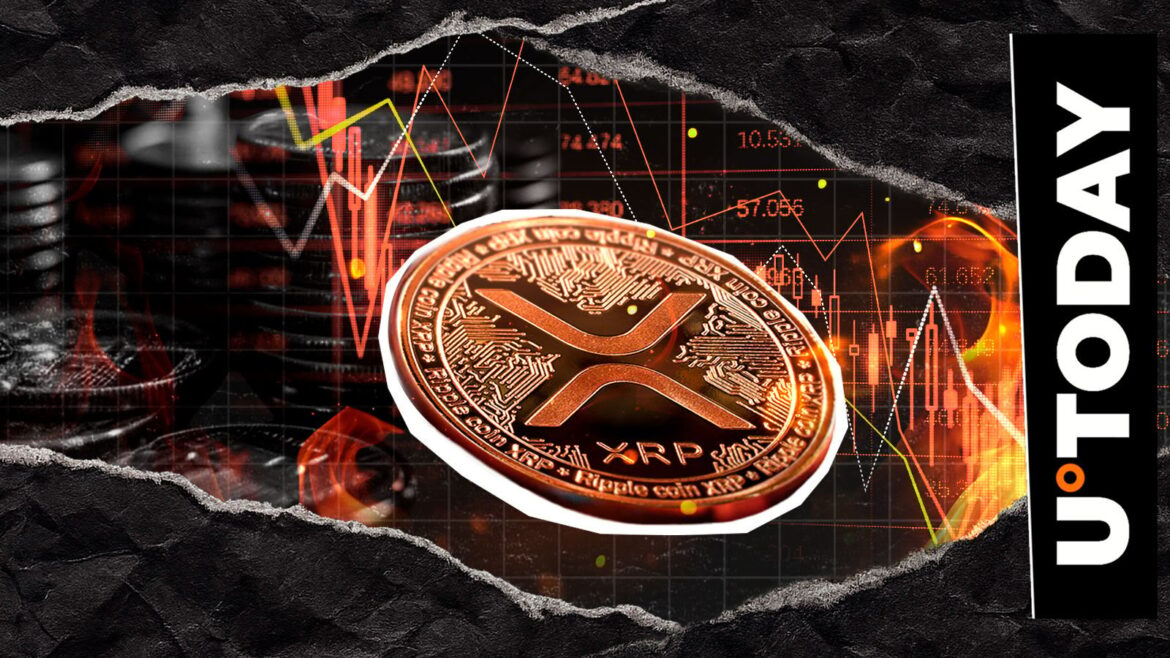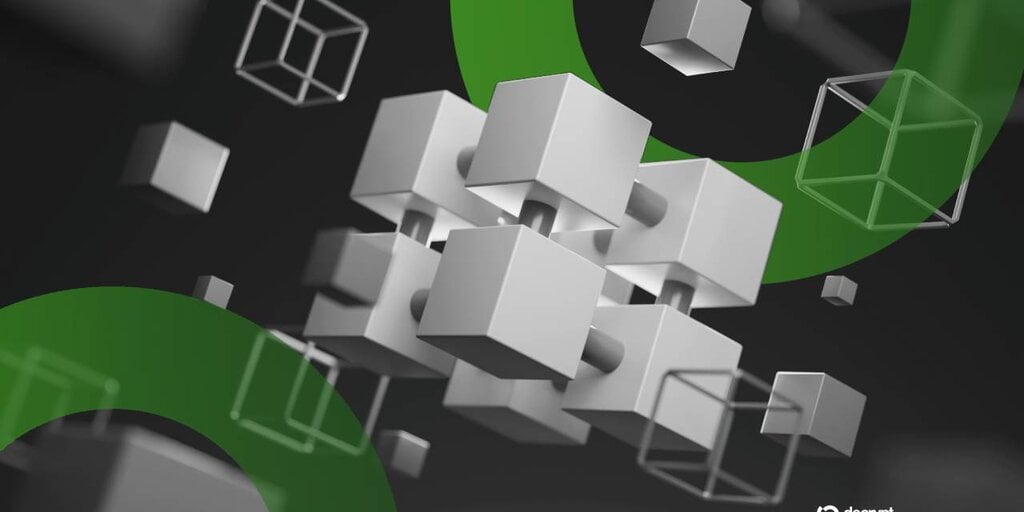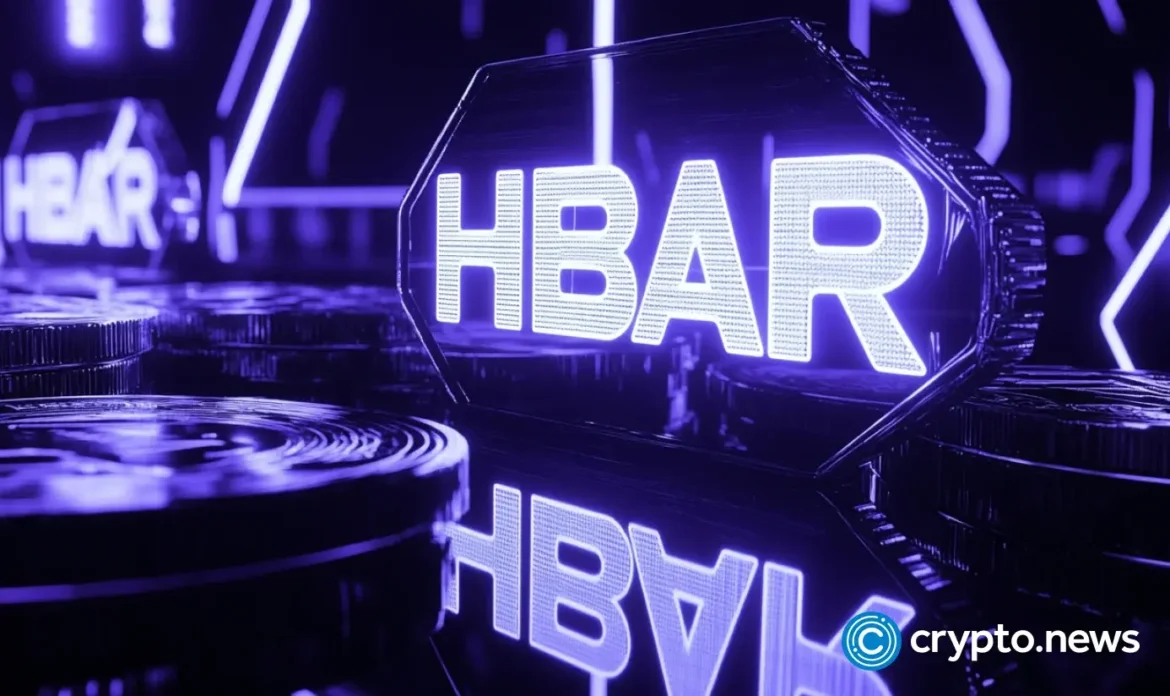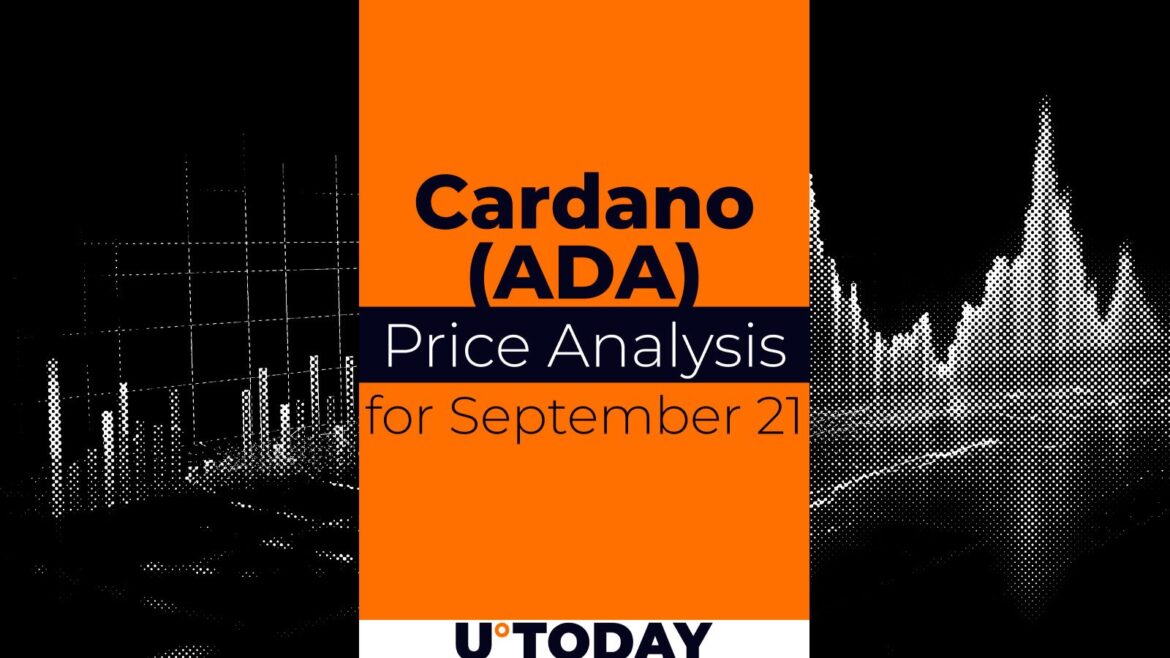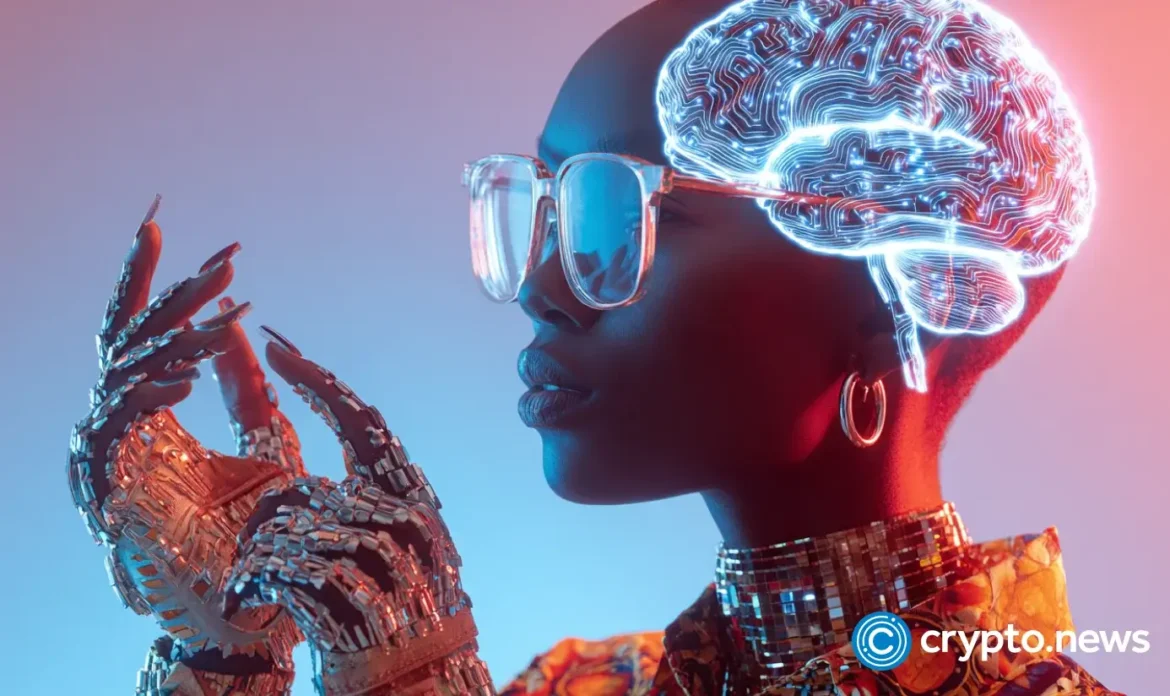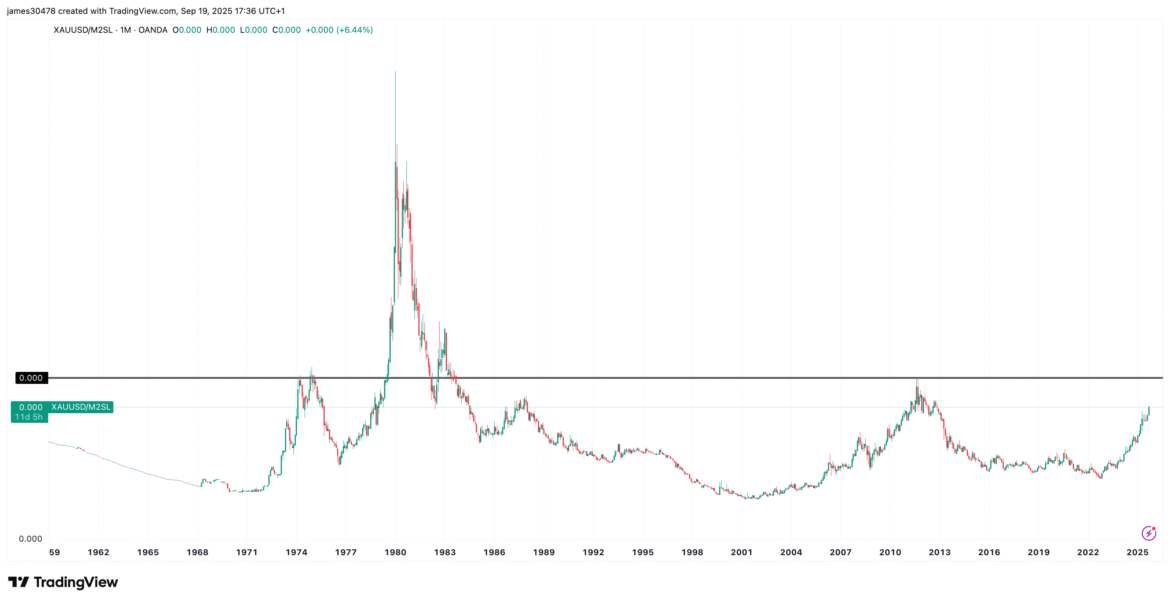Three major international vehicle manufacturers, Toyota, Yamaha, and BYD, have started accepting Tether (USDT) in Bolivia. The move marks a turning point in the country’s shift toward crypto as its US dollar reserves collapse.
Tether CEO Paolo Ardoino confirmed on Sunday that the companies now allow customers to buy vehicles using USDT. Crypto security firm BitGo also verified on X the first Toyota purchase with Tether in Bolivia on Saturday. Photos shared by Ardoino on X show dealerships displaying banners calling USDT an “easy, fast, and safe” way to pay.
Toyota, BYD, Yamaha accepting USDT in Bolivia
“Tu vehiculo en dolares digital”
USDT is the digital dollar for hundreds of millions in the emerging markets.
Ubiquity. pic.twitter.com/0X0SH3USXX
— Paolo Ardoino 🤖 (@paoloardoino) September 21, 2025
Bolivia’s Growing Reliance on Crypto
Bolivia was once among the last Latin American countries to resist digital assets. But in June 2024, it lifted its long-running crypto ban, allowing banks to process Bitcoin and stablecoin transactions. Since then, adoption has spread quickly.
In March, the state-owned oil and gas company YPFB gained approval to accept crypto for fuel imports, a response to the country’s worsening currency shortage. Shops at airports have even started pricing goods in USDT, while import businesses rely on stablecoins to pay foreign suppliers.
According to Trading Economics data, Bolivia’s foreign exchange reserves have declined by 98% over the past ten years, falling from $12.7 billion in 2014 to just $171 million in August 2025. While locals still use the boliviano in daily life, many are turning to stablecoins or dollars to protect their purchasing power.
Politics and the Road Ahead
Bolivia heads into a run-off election on October 19. Candidate Rodrigo Paz Pereira has proposed blockchain for transparency, while his rival Jorge “Tuto” Quiroga has kept his crypto stance vague. The winner will inherit the challenge of stabilizing an economy under severe strain.
This trend demonstrates that crypto is not only an investment instrument in Bolivia, but it has turned into a lifeline of trade, business, and even car buyers. The narrative is an indication of how economic crises can hasten the use of digital currency across the globe.
Also Read: Tether Launches New U.S. Stablecoin, USAT, Tapping Bo Hines as CEO


